Search
Remove Ads
Advertisement
Summary 
Loading AI-generated summary based on World History Encyclopedia articles ...
Search Results
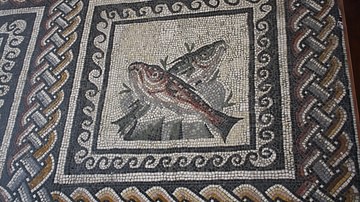
Article
Roman Mosaics
Roman mosaics were a common feature of private homes and public buildings across the empire from Africa to Antioch. Not only are mosaics beautiful works of art in themselves but they are also an invaluable record of such everyday items as...
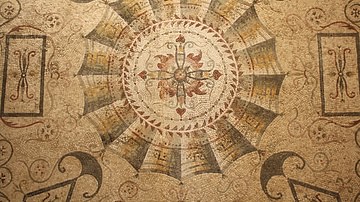
Definition
Mosaic
Mosaics are designs and images created using small pieces (tesserae) of stone or other materials which have been used to decorate floors, walls, ceilings, and precious objects since before written records began. Like pottery, mosaics have...
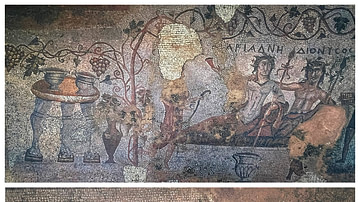
Image
Roman Mosaics from Dzalisi
Two Roman mosaic panels from the thermal baths of a luxurious Roman-style villa at the Dzalisa Archaeological Site in Georgia near Mtskheta, dated to the 3rd century CE. The upper mosaic is devoted to the cult of Dionysus, the god of wine...
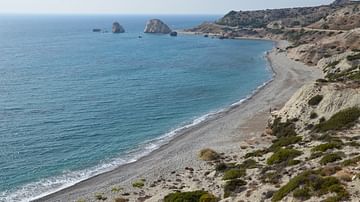
Article
Ancient Cyprus: A Travel Guide
Lying at the crossroads of the eastern Mediterranean, the island of Cyprus has long been a meeting point for many of the world's great civilizations. Situated where Europe, Asia and Africa meet, its location shaped its history of bringing...
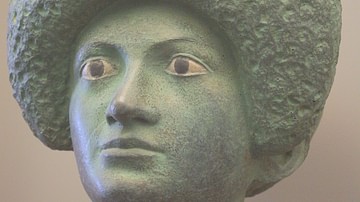
Definition
Roman Art
The Romans controlled such a vast empire for so long a period that a summary of the art produced in that time can only be a brief and selective one. Perhaps, though, the greatest points of distinction for Roman art are its very diversity...
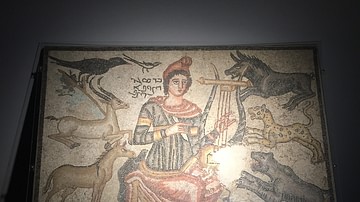
Image
Orpheus Mosaic: Edessa/Urda/Haleplibahçe Mosaics
Orpheus playing his harp for the wild beasts, dates from about 194 CE and is the oldest of the Edessa/Urda mosaics. The artist's name is even engraved in the piece, "Bar Saged."
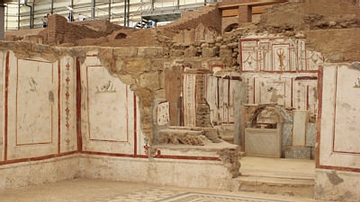
Image
Ephesus terrace houses: Mosaics and Art
The terrace homes in Ephesus give a glimpse of how the wealthy lived during the Roman period The oldest building dates back into the 1C BCE and continued in use as a residence until the 7C CE.
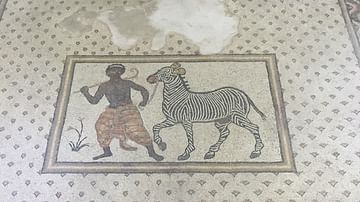
Image
Zebra Whisperer: Haleplibahce Mosaics of Edessa
This African man leading a Zebra is a clear indication that Edessa (Sanliurfa) was connected to the massive trade routes that went through the middle east in the 3rd to 4th centuries CE.
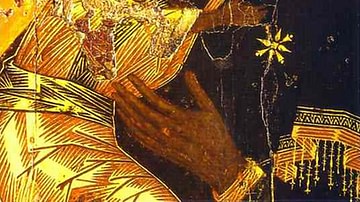
Definition
Byzantine Art
Byzantine art (4th - 15th century CE) is generally characterised by a move away from the naturalism of the Classical tradition towards the more abstract and universal, there is a definite preference for two-dimensional representations, and...

Video
Conservation of Mosaics in Roman North Africa
Since 1998 the Getty Conservation Institute has been working in partnership with the Institut National du Patrimoine to train conservation technicians to clean, monitor, and maintain mosiacs in situ so that they can be seen and studied in...